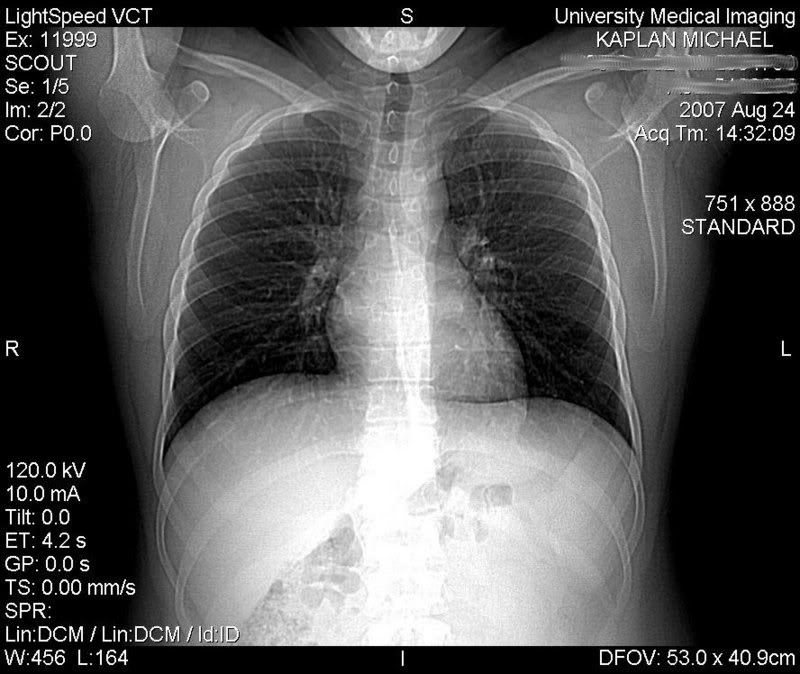Patient Develops Cyclic Cushing’s Syndrome Due to Lung Neuroendocrine Tumor
Written by |

Tumors located outside the pituitary gland that produce the adrenocorticotropic hormone (ACTH) may cause, on rare occasions, cyclic Cushing’s syndrome — when cortisol levels show substantial fluctuations over time.
That finding, based on the case of a patient with ACTH-secreting lung cancer, is found in the study, “Cyclic Cushing’s syndrome caused by neuroendocrine tumor: a case report,” which was published in Endocrine Journal.
Cushing’s syndrome is characterized by too much cortisol, either due to adrenal tumors that produce cortisol in excess, or because too much ACTH in circulation — resulting from ACTH-producing tumors — act on the adrenal glands to synthesize cortisol.
Cyclic Cushing’s syndrome (CCS) is a rare type of Cushing’s in which cortisol production is not steadily increased. Instead, it cyclically fluctuates, from periods with excessive cortisol production interspersed with periods of normal levels.
The fluctuations in cortisol levels over time pose difficulties for a definite diagnosis. Moreover, the precise mechanism underlying the periodic peaks of cortisol peaks are unknown.
Investigators now reported the case of a 37-year-old man admitted to the hospital due to repeated attacks of dizziness, weakness, and high cortisol levels for two weeks.
Repeated tests measuring the levels of cortisol in the blood and a 24-hour urine free cortisol (24 hUFC) assay confirmed a cyclic fluctuation of cortisol, with levels peaking three times and dropping twice (the standard rule for diagnosing CSC).
Upon hospitalization, he further developed high blood pressure and weight gain.
The patient underwent computed tomography (CT) scans, which revealed the presence of an ACTH-secreting tumor in the lungs, the likely cause of the patient’s Cushing’s symptoms. These type of tumors are called neuroendocrine tumors because they are able to release hormones into the blood in response to signals from the nervous system.
Additional scans detected tumors in the adrenal and pituitary glands, but further analysis revealed they were non-functioning tumors, i.e., as their name indicates, they didn’t release excessive ACTH. The thyroid gland also was positive for a tumor.
The patient underwent resection surgery to remove the tumor located in the lungs and nearby lymph nodes. After the surgery, the levels of cortisol in the blood and urine returned to normal, confirming the tumor as the source of the CSC.
The patient also received surgery to remove his thyroid tumor.
An analysis of the patient’s genomic DNA revealed a novel mutation in the PDE11A gene, which is linked to a rare form of ACTH-independent Cushing’s syndrome called primary pigmented nodular adrenocortical disease (PPNAD) type 2.
Whether the patient developed PPNAD, however, and the contribution of a potential PPNAD diagnosis to the CCS, requires further investigation. “To explore pathogenicity of the genetic mutation, we will still plan for a follow-up visit to this patient,” researchers wrote.





